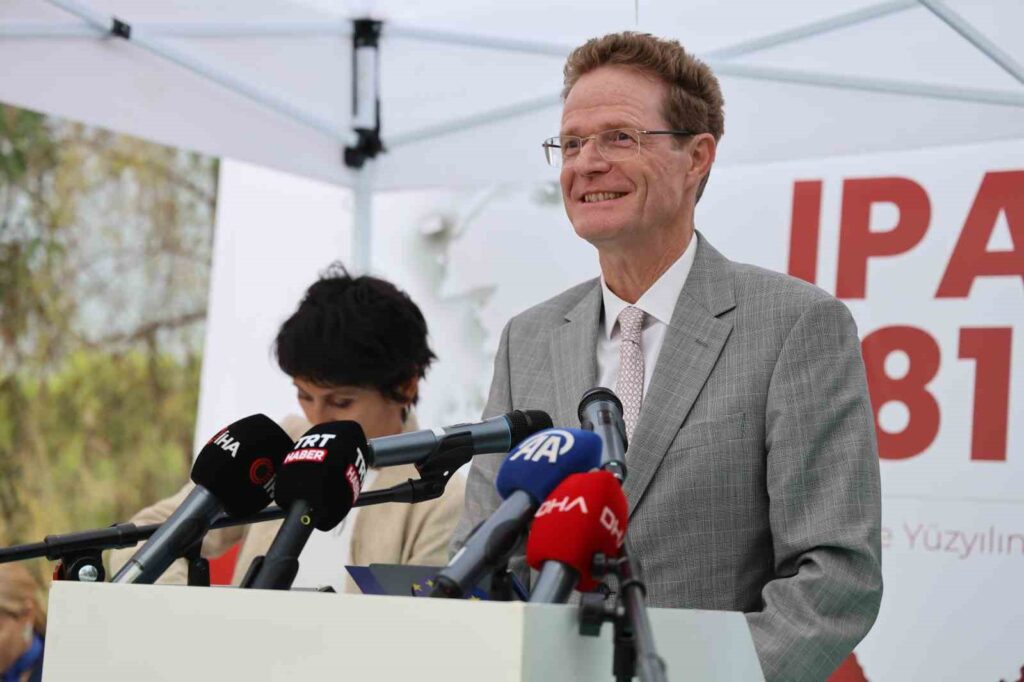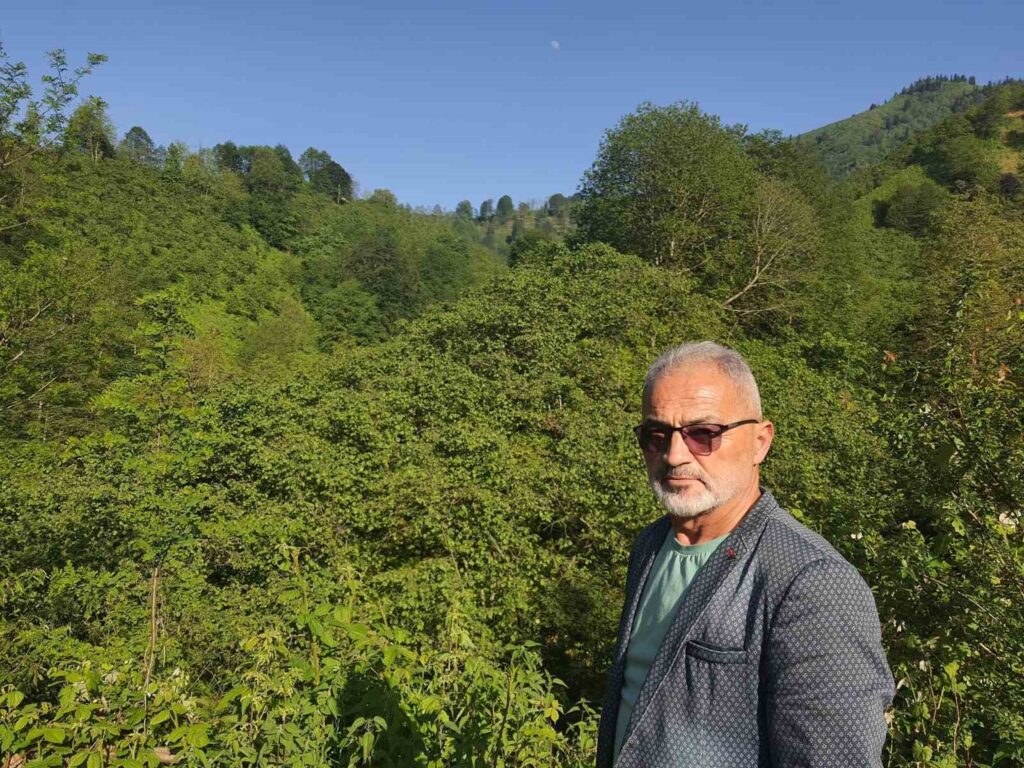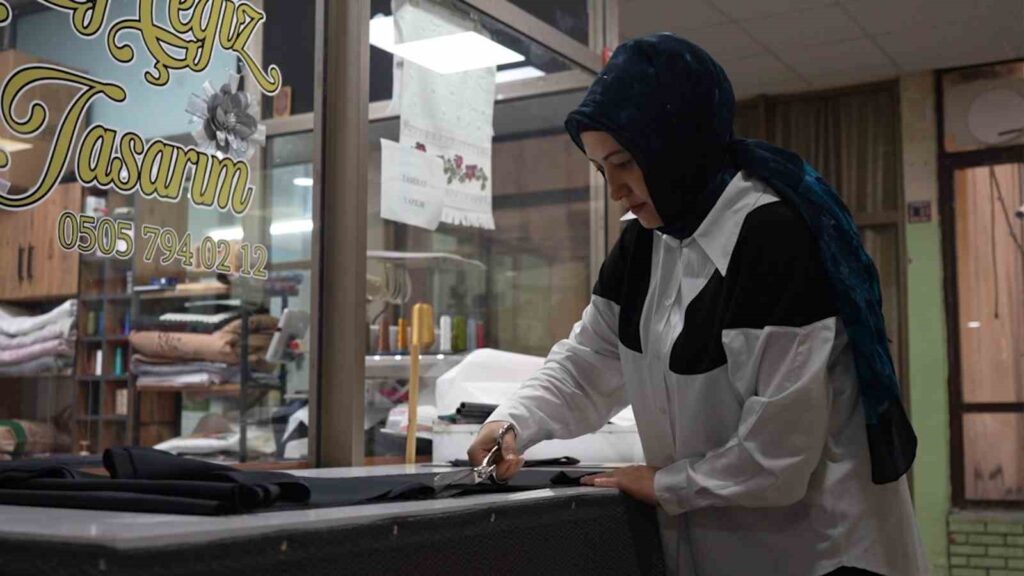A ‘methane gas storage balloon’ has been established in Mersin.
The Mersin Metropolitan Municipality, through the Department of Climate Change and Zero Waste, has implemented the Solid Waste Regular System with the aim of evaluating household waste to create economic value and to mitigate negative environmental impacts.

The Mersin Metropolitan Municipality has made a new breakthrough by establishing a ‘methane gas storage balloon’ within the scope of the Climate Change and Zero Waste Department, aimed at evaluating household waste to create economic value and eliminate negative environmental impacts.
In Silifke Göksu, a 5,000 cubic meter methane gas storage area has been created, and in the Central Solid Waste Regular Storage Facilities located in the Sarıibrahimli Neighborhood of the Mediterranean district, a 10,000 cubic meter methane gas storage area has been established by the Metropolitan Municipality, which has installed double-insulated gas balloons as part of this initiative. Through these balloons, which have been set up to prevent any electricity production interruptions that may occur during maintenance and repair works, the gas stored in the reserve area will be directed to the generators, ensuring uninterrupted electricity production. The Metropolitan Municipality continues to invest in renewable energy sources without slowing down, thus achieving more stable, orderly, and efficient electricity production.
So far, the Metropolitan Municipality has provided 67 million kilowatt-hours of electricity production in the Tarsus Gürlü, Silifke Göksu, and Central Solid Waste Regular Storage Facilities, and its goal is to produce energy equivalent to the lighting of 100,000 households by the end of the year.
“We are separating and disposing of household waste and producing electric energy”
Electrical electronics engineer Aslıhan Kula, who works in the Climate Change and Zero Waste Department, stated that the Metropolitan Municipality has three Solid Waste Regular and Storage Facilities located in the central Sarıibrahimli, Silifke Göksu, and Tarsus Gürlü, where they separate and dispose of household waste and produce electricity from the resulting biogas. Kula said, “We continue to work to increase our production to make electricity generation more quality and efficient every day, add value to the economy, and contribute to our municipality’s budget. In this context, we have added gas balloons to make production more efficient and stable. This creates a reserve area for us and ensures that electricity production continues 24/7 without interruption during any faults, maintenance, or repair that may occur in our facility.”
“By the end of the year, we will produce enough energy to light 100,000 households”
Kula also talked about the journey of sorting waste and converting it into electric energy, indicating that the waste is classified at sorting facilities after passing through the scale and transported to points called lots for disposal.
She explained that the garbage gas formed after the disposal stages in the lots is collected through horizontal pipes and sent to the newly constructed gas balloons for storage, stating, “The amount of gas produced is adjusted to appropriate values and sent to gas engines, thus ensuring electricity production. In this way, we also contribute to renewable energy, the world, the environment, and the economy. Currently, we produce an average of 10.2 megawatts of electricity per hour for the year 2024. With this production amount, we will have produced energy equivalent to the lighting of 100,000 households by the end of the year.”







